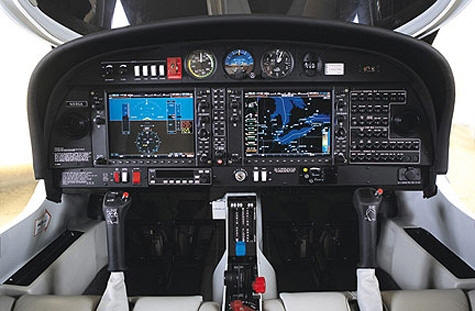 |
|
|
|
FAA Rule Will Increase High Altitude Capacity October 22, 2003, WASHINGTON, DC — The U. S. Department of Transportation’s Federal Aviation Administration (FAA) issued a new rule today that will significantly increase capacity and operating efficiency at high altitudes. The rule reduces the minimum vertical separation between aircraft from the current 2,000 feet to 1,000 feet for all aircraft flying between 29,000 feet and 41,000 feet. Implementation of the Reduced Vertical Separation Minimum (RVSM) on January 20, 2005 will significantly increase the routes and altitudes available and thus allow more efficient routings that will save time and fuel. This rule offers a combination of greater aviation safety, capacity and cost efficiency, said FAA Administrator Marion C. Blakey. RVSM positions the country’s high-altitude airspace to meet future demand. |
|
|
|
Implementing RVSM is an important initiative within the FAA’s strategic five-year Flight Plan to increase capacity, said Blakey. RVSM aids the agency’s goal to improve global aviation harmonization. RVSM is already in effect in Europe and Australia and over most of the North Atlantic and Pacific oceans. Canada plans to implement RVSM in its southern airspace (it’s already in effect north of 57 degrees) at the same time as the U. S. Caribbean and South American countries also plan to join the U. S. and Canada in implementing RVSM in 2005. The benefits from RVSM go beyond just time and fuel efficiency. RVSM offers greater flexibility for air traffic controllers and reduces their workload. This flexibility is particularly useful when controllers have to reroute flights around bad weather. More available routes and altitudes mean greater separation between aircraft, and controllers will have more options to separate aircraft on intersecting routes. The FAA is implementing RVSM in January 2005 to give airlines and other aircraft operators time to install the more accurate altimeters and autopilot systems needed to ensure the highest level of safety. The estimated fuel savings of $5.3 billion through 2016 far exceed the estimated cost of over $800 million to modify aircraft to meet RVSM standards. |
||
| ©AvStop Online Magazine To Advertise With Us Contact Us Return To News | ||
